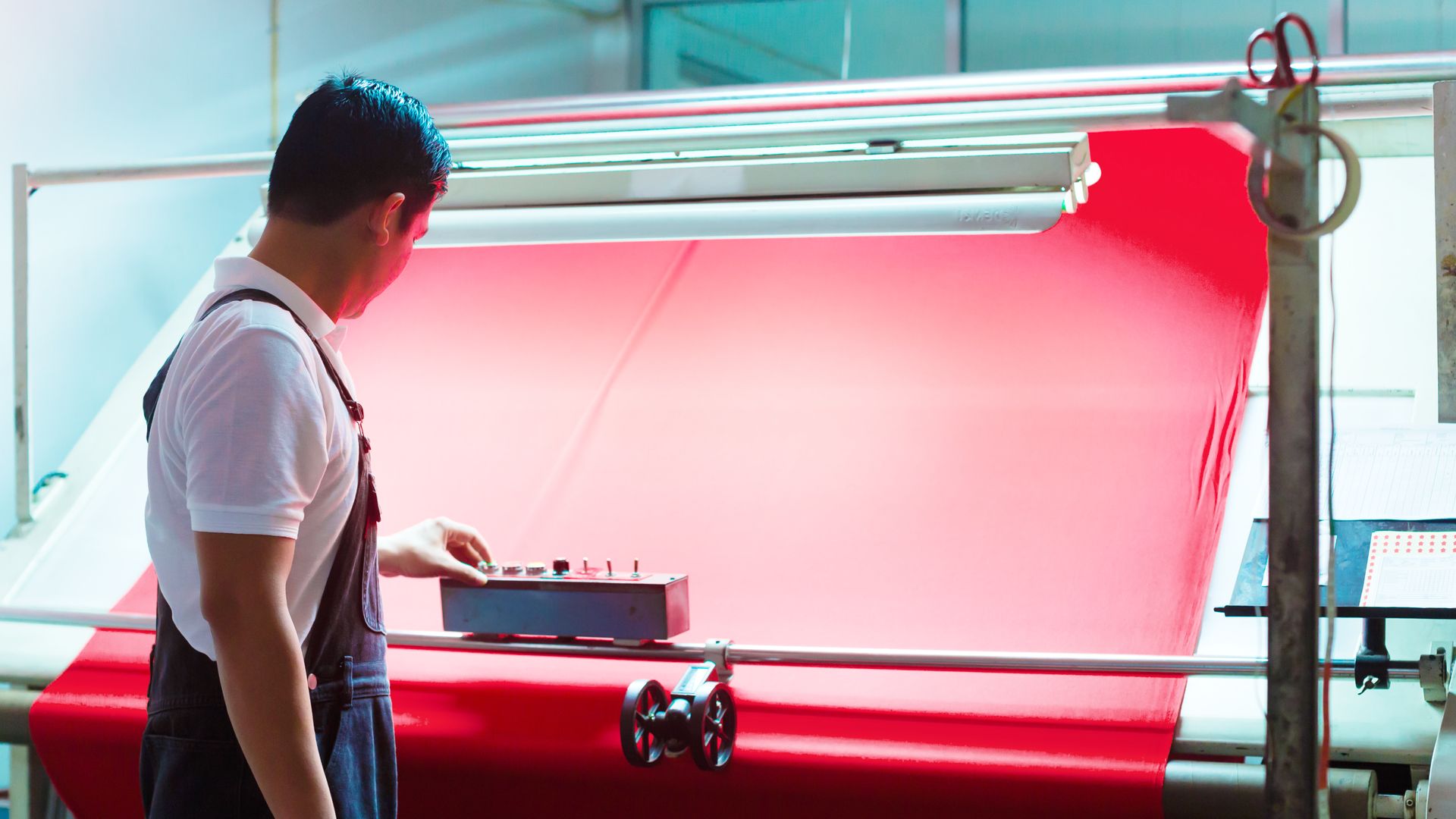

Any garment can look stunning right off the rack of a department store. We try it on and it feels like it was made for us. When a garment clicks like this, that little extra in cost doesn’t seem important at all.
However, a year later--or even six months--through regular use and repeated machine washes, it begins to sag, or the neck is suddenly stretched open to the collarbone. What once was a garment that was so integral to our identity has become almost unwearable, and the brand behind it now seems cheap and unreliable.
Customer opinion is more important--and accessible--than ever. Informed consumers will recognize and call out a cheap brand, not only for bringing a substandard product to market at excessive cost, but also for generating so much material and energy waste for ultimately useless products.
In the textile industry, that sagging, stretching and loss of form is known as “dimensional instability,” and it is a factor all quality manufacturers consider when producing a textile-based product like clothing or linens, and even raw fabrics.
Through industry-driven standards developed under organizations like the American Association of Textile Chemists and Coloration (AATCC) and the International Standards Organization (ISO), specific dimensional stability tests have been created to assess how garments and fabrics behave under conditions fine-tuned to emulate typical consumer practices. A thoroughly tested fabric or garment must endure such processes as:
Skew/twist/torque tests -- these rigorous measures are meant to determine fabric “spirality”, or de-twisting, after machine washes.
Shrinkage/crinkling -- ISO test methods specify the use of a square sample of the fabric to determine shrinkage or disfigurement after washing machine use, for both “warp” knit (the fibers held stationary against the loom); and “weft” knit (drawn over and under the “warp” fibers).
Stretch and recovery -- this test can determine if a fabric or garment has good “recovery properties” by first marking out both ends of a distance established by the two sides of a fabric sample in its relaxed state, then held at a specified extension for a prescribed period of time, and finally measured again at its relaxed state to determine the percentage of the resulting expansion.
When you want to measure up to these standards, it is important to use a testing service that can:
Help you understand all applicable national and international testing standards.
Help you incorporate the best testing methods into your production plans before manufacturing starts.
Ensure all QC samples are taken directly from the production line, representing your actual product, and not some “ideal” sample that the factory manager would like you to test.
By contacting QIMA you agree to our privacy policy and terms and conditions.
QIMA can deliver on all the requirements listed above and, most importantly, do so in a comprehensive fashion. Because QIMA services stretch from QA design assistance, product testing to pre-shipment inspections, we can help your factories maintain consistent work habits that uphold your brand’s quality standards.
Let QIMA help your textile products reach their marketplace with integrity and compliance, so that your brand can be guaranteed to last!
Our online platform and mobile application make it easy for you to schedule textiles tests and inspections, and receive your results at any time. Book new tests, view pending orders, and access results from your mobile device. Our online platform provides valuable supply chain insights, including a summary of your QC activity, all of your supplier’s quality stats, industry benchmarking data, and more.
Get Started: Login or create your account
By contacting QIMA you agree to our privacy policy and terms and conditions.